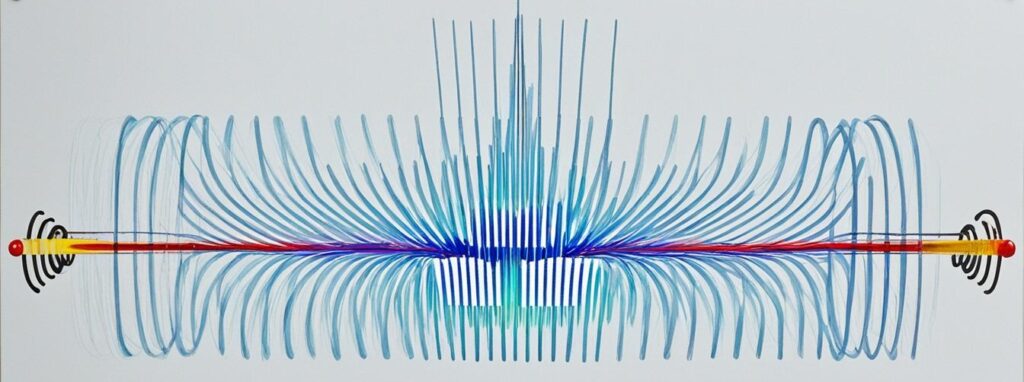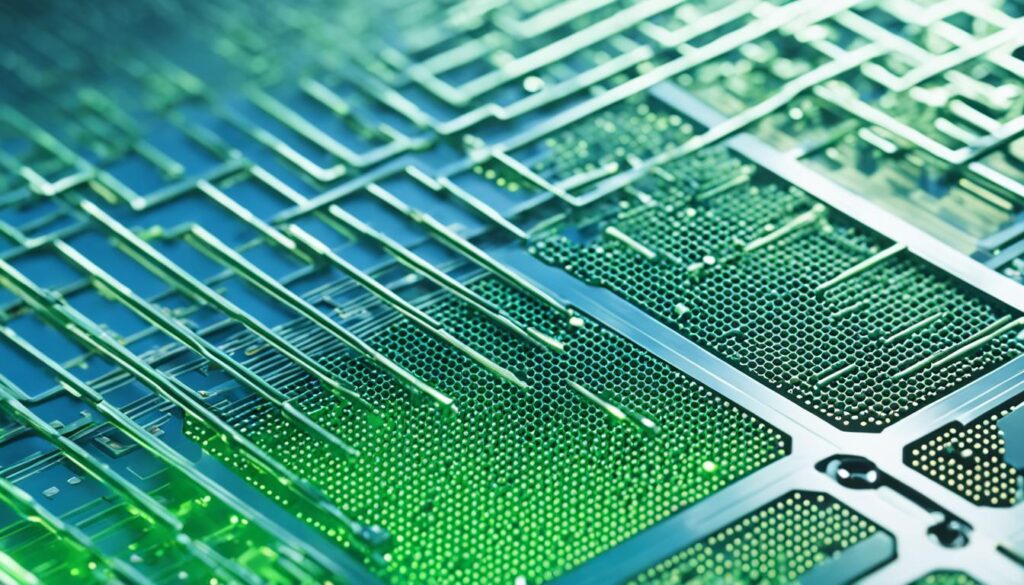Demystifying EMI for Legal Professionals: A Guide to Electromagnetic Interference Expert Witnesses
Electromagnetic Interference (EMI) is widely present and presents many challenges. It is particularly important in the fields of electrical engineering, circuit design, power systems, control systems, signal processing, electromagnetics, microelectronics, renewable energy, robotics, and telecommunications. EMI happens when electromagnetic radiation from an electric or electronic device interferes with another nearby device. This interference can lower the affected device’s performance and functioning.
Engineers, technicians, and anyone working with electrical systems need to understand EMI. It’s vital for those involved in the design, operation, or maintenance of such systems. The effects of EMI can be serious, harming the performance and safety of electrical systems.
In industries, EMI can cause production stoppages, equipment damage, and financial harm. In critical areas like medical equipment or aerospace, EMI can put lives at risk. Also, government agencies set strict limits on EMI to make sure different systems work well together.
This guide will help legal experts learn about EMI, the need for electrical engineering expert witnesses in EMI cases, and ways to reduce its impact.

Key Takeaways
- EMI can disrupt the operation of electrical devices and systems.
- It can cause them to work poorly, malfunction, or stop working completely.
- It can severely impact businesses, leading to stopped production, damaged equipment, and money loss.
- Strict EMI emission limits are in place to maintain electromagnetic compatibility.
- Knowing the various types of EMI is key to effectively managing its effects.
Understanding Electromagnetic Interference (EMI)
Electromagnetic Interference (EMI) is a common issue in the world of electrical and electronic systems. It happens when one device’s electromagnetic radiation affects another nearby device. Knowing EMI is key for those in electrical engineering, circuit design, and system control.
What is EMI?
EMI happens when waves from one device mess up another’s work. These waves come from things like power lines, motors, and even lightning. When they hit sensitive electronics, they cause problems. This can make equipment act up, perform poorly, or stop working.
Sources of Electromagnetic Interference
EMI can come from everyday items to big, powerful machines. Power lines, electric motors, and radios are big sources. Also, things like solar flares add to the mix. With technology getting more advanced, we see more EMI issues. That’s why understanding this is so important.
Impact of EMI on Electrical Systems
EMI can seriously harm electrical systems. It can make equipment work poorly or fail. In industries, this leads to downtime and money loss. For things like healthcare or aviation, EMI is a safety risk. Government rules, such as those by the FCC, help prevent EMI issues in critical systems.
Types of Electromagnetic Interference
Electromagnetic Interference (EMI) shows up in many forms. Each form brings its own issues and needs special ways to deal with it. To solve problems in fields like electrical engineering, power systems, and telecommunications, it’s key to know about these EMI types.
Conducted EMI
Conducted EMI occurs when EMI travels through a wired path, usually on power lines. It’s a big issue in places with lots of electrical machines. Here, these machines can send EMI that stops sensitive devices from working right.
Radiated EMI
Radiated EMI can be narrowband or broadband. Narrowband EMI is from one specific radio frequency, often by a radio. Broadband EMI covers many frequencies and can come from faulty equipment. It can disturb a variety of electronic systems, like in telecommunication and control.
Common Mode EMI
Common mode EMI affects both the signal and the return line in the same way. It’s often because of how electricity moves through wires. Solving this type of EMI needs special tools and careful design of circuits.
Differential Mode EMI
Differential mode EMI is when the signal and return lines face interference differently. It happens due to circuit unbalances or bad cables. To fix this, filtering, better shielding, and careful circuit design are the solutions.

The Role of electrical engineering Expert Witnesses in EMI Cases
Electrical engineering expert witnesses are critical in Electromagnetic Interference (EMI) cases. They offer technical insights to legal experts. With vast knowledge in areas like power systems and telecommunications, these experts support different EMI issues.
EMI Testing and Measurement
They conduct extensive EMI tests to identify interference. Using special tools, they measure EMI levels and find problem spots. This data helps in legal cases. Their skills in signal processing and measurement play a key role in proving technical facts.
EMI Mitigation Techniques
These experts also suggest ways to reduce EMI. They have a strong grasp of circuit design and power systems. By advising on shielding and filtering, they ensure EMI problems meet industry rules.
EMI Shielding Materials and Solutions
For choosing EMI shields, these experts offer advice. They know about conductive materials and enclosures. Their deep understanding helps pick the best shielding for any situation, from smartphones to machines.

The knowledge and experience of electrical engineering experts are key in EMI legal cases. They help in proving the facts, finding the causes, and offering solutions to EMI issues.
Addressing Electromagnetic Interference (EMI) in Electrical Systems through Engineering Expertise and Legal Support
Electromagnetic Interference (EMI) is a big issue for many electrical systems. It affects their work and safety. Knowing where EMI comes from and how it harms systems is key for lawyers and electrical engineers who deal with these problems.
Engineers are important in fixing EMI problems. They know a lot about EMI testing and how to reduce it. These experts can find what’s causing EMI, suggest ways to protect systems, and make sure things work well together. They work with lawyers to explain difficult EMI topics and to follow the rules.
The need for good electrical engineers who know about EMI is also growing. Engineers have helped many fields, from making power and phones to medical devices and more. They use their skills to find new solutions and make sure electrical systems are safe for everyone.
FAQ
What is Electromagnetic Interference (EMI)?
Electromagnetic Interference (EMI) is a disturbance. It’s caused when one device’s electromagnetic radiation affects another’s operation. This happens if the two devices are close to each other.
What are the sources of Electromagnetic Interference?
EMI comes from various places. These include power lines, motors, and electronic circuits. Even lightning strikes can create EMI.
How does EMI impact electrical systems?
EMI can badly affect electrical systems. It can make them perform poorly, stop working, or even break. In factories, EMI can lead to lost production time and damaged equipment.
For medical or aerospace equipment, EMI is more dangerous. It can put people’s safety at risk. This is because it might cause important devices to fail.
What are the different types of Electromagnetic Interference?
EMI shows up in many ways. There’s conducted EMI and radiated EMI. Each has its own challenges and needs different ways to reduce its impact.
How do electrical engineering expert witnesses assist in EMI-related cases?
Experts in electrical engineering are key in EMI cases. They give advice on testing, ways to lessen EMI, and shield materials. Their guidance is crucial in settling EMI disputes.